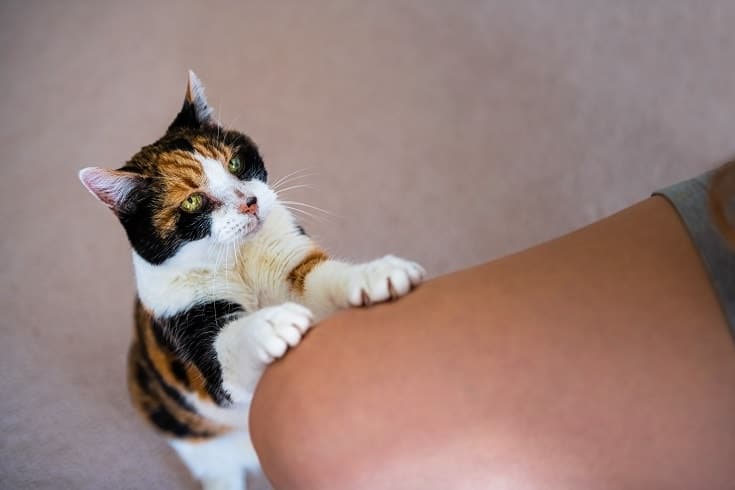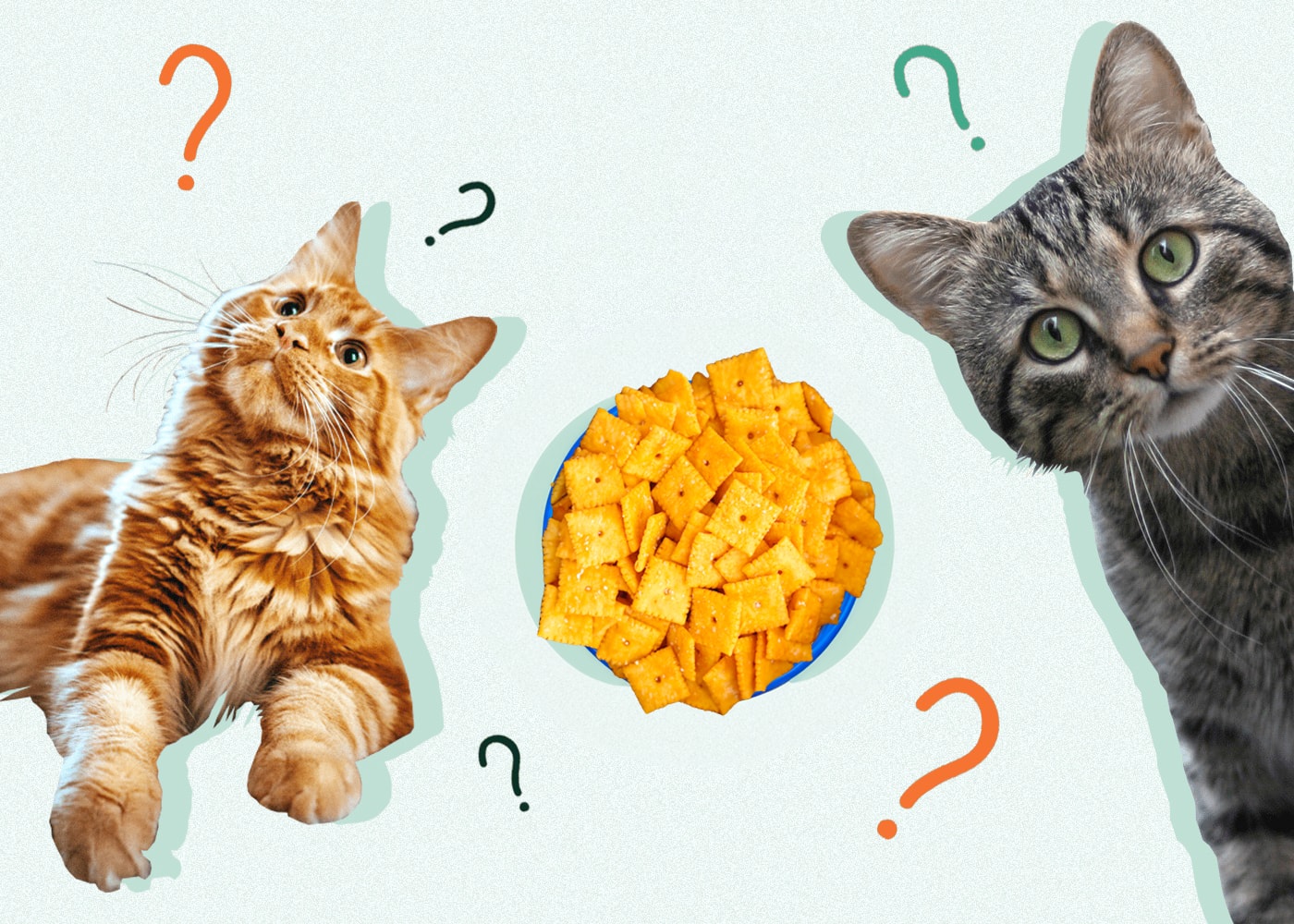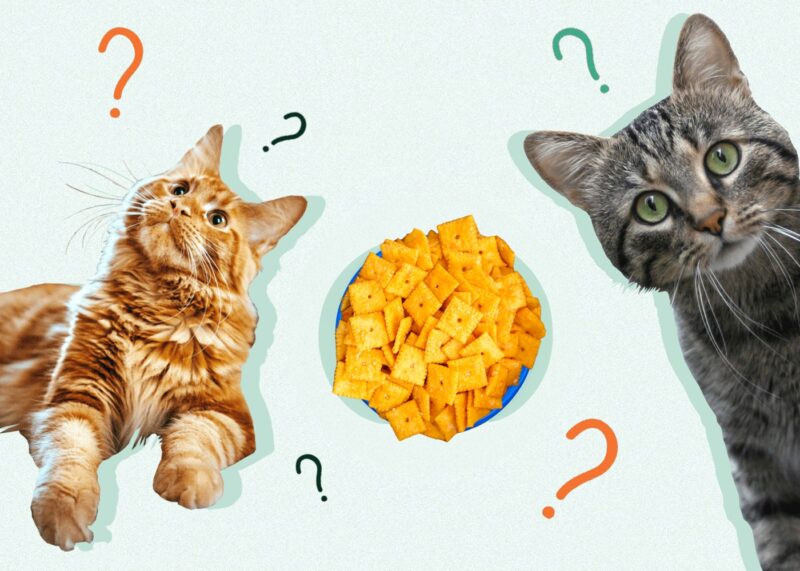Our pets are like family members to us. They join in on quality time with the rest of the kids and adults and often become the center of attention with their hilarious antics. However, when it comes to sharing your food, more caution is required.
As omnivores, we eat many things that we should not give to our cats. We enjoy snacking on food that can disrupt our cats’ digestive systems and make them very uncomfortable. Some of the food we eat is even toxic for them.
What about Cheez-Its? Can cats share this snack? The answer to that is no.
Can Cats Eat Cheez-Its?
As carnivores, cats do not need almost anything in a Cheez-It, as it has very little nutritional value. Cats can eat Cheez-Its without getting sick, however. There is nothing in original Cheez-It crackers that is toxic for your cat, and you don’t have to worry about significantly damaging their digestive system if they ate one that you accidentally dropped on the floor.

Cheez-Its Are Not Species-Appropriate Treats
Since your cat is an obligate carnivore, their diet should be high in protein and low in carbohydrates, similar to what their ancestors consumed. A cat in the wild would not consume wheat unless there was some inside a mouse’s digestive system, for example. The number-one ingredient of a standard Cheez-It is wheat. One 42-gram serving of these savory crackers contains 26 grams of carbohydrates, 10 grams of fat, and only 4 grams of protein, so Cheez-Its are essentially the opposite of a cat’s natural diet. They also contain too much fat and sodium for felines. Cheez-Its are calorie dense and don’t provide any nutrition to your cat, so these treats are best avoided.
Cats & Lactose Intolerance
A major hang-up for a cat’s dietary relationship with Cheez-Its is the dairy that the food contains. Cheez-Its contain real cheese, which will have lactose that your cat’s digestive tract might not be able to process. While cartoons and popular culture are full of milk-loving felines, there are a surprising number of lactose-intolerant cats. Although you shouldn’t assume that your cat is lactose intolerant, you should be careful as they age. Adult cats’ bodies often stop developing the protein enzymes that can easily break down lactose into a usable form. Because of that, they cannot digest it well. For some cats, that only manifests as discomfort and maybe gas, similar to humans. For others, it results in vomiting and diarrhea.
If your cat is lactose intolerant, eating Cheez-Its could cause discomfort and an undesired gastrointestinal response. Due to all these factors, you should avoid giving these crackers to your cat and look for a natural high-protein treat to offer instead. A favorite for many felines is boiled, shredded plain chicken breast.

In Summary
A Cheez-It or two won’t harm most cats, but they should never become part of their regular treats. Cheez-its are the opposite of what your cat is designed to consume and don’t have any beneficial nutrients for them. We know that our cats are curious and would love to share all of our meals, but by offering them something nutritious instead, they will be happy and healthy. Remember that there are healthier treats for cats with more nutritional value than Cheez-Its.












